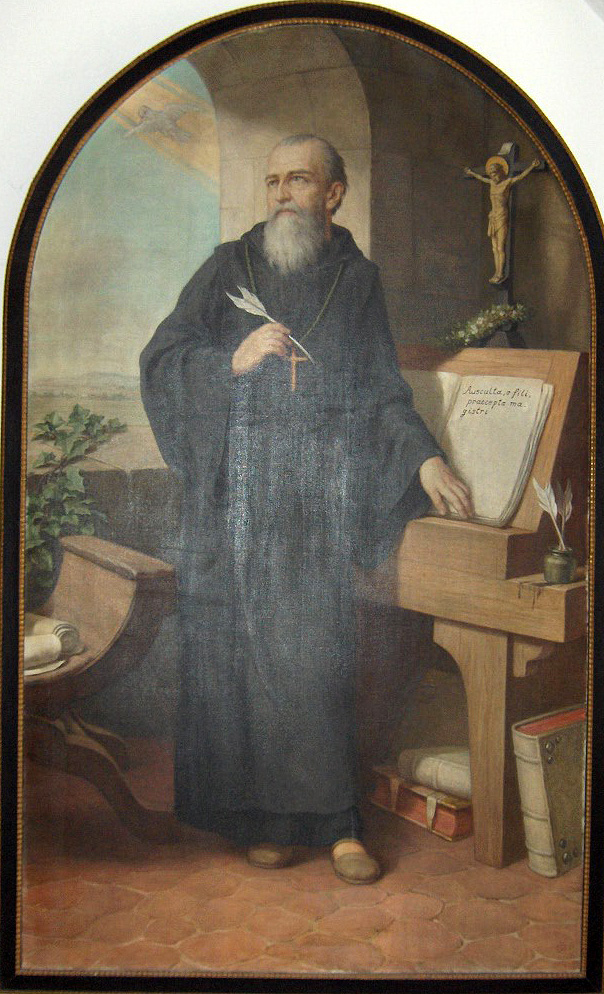We counted to 89 in Norwegian, let's keep going!
90 nitti - sounds like nih-tee
91 nittien - sounds like nih-tee eh-n
92 nittito - sounds like nih-tee too
93 nittitre - sounds like nih-tee t-day
94 nittifire - sounds like nih-tee fee-dah
95 nittifam - sounds like nih-tee fah-m
96 nittiseks - sounds like nih-tee seh-ks
97 nittisyv - sounds like nih-tee see-v
98 nittiåtte - sounds like nih-tee oh-tuh
99 nittini - sounds like nih-tee nee

(from: wikipedia - norwegian language)
Greek: ενενήντα (enenínta), ενενήντα ένα (enenínta éna), ενενήντα δύο (enenínta dýo), ενενήντα τρεις (enenínta treis), ενενήντα τέσσερις (enenínta tésseris), ενενήντα πέντε (enenínta pénte), ενενήντα έξι (enenínta éxi), ενενήντα επτά (enenínta eptá), ενενήντα οκτώ (enenínta októ), ενενήντα εννέα (enenínta ennéa)
ASL: Ninety, ninety one, ninety two, ninety three, ninety four, ninety five, ninety six, ninety seven, ninety eight, ninety nine
Italian: novanta, novantuno, novantadoue, novantatre, novantaquattro, novantacinque, novantasei, novantasette, novantotto, novantanove
German: neunzig, einundneunzig, zweiundneunzig, dreiundneunzig, vierundneunzig, fünfundneunzig, sechsundneunzig, siebenundneunzig, achtundneunzig, neunundneunzig
Spanish: noventa, noventa y uno, noventa y dos, noventa y tres, noventa y cuatro, noventa y cinco, noventa y seis, noventa y siete, noventa y ocho, noventa y nueve
French: quatre-vingts dix, quatre-vingt onze, quatre-vingt douze, quatre-vingt treize, quatre-vingt quatorze, quatre-vingt quinze, quatre-vingt seize, quatre-vingt dix sept, quatre-vingt dix huit, quatre-vingt dix neuf








